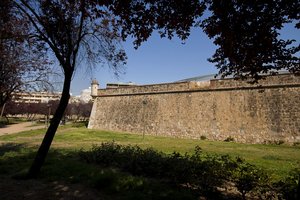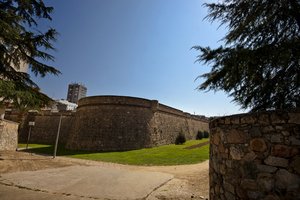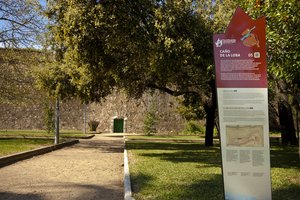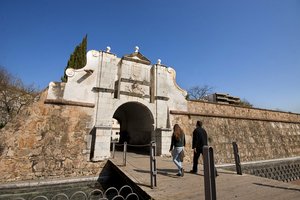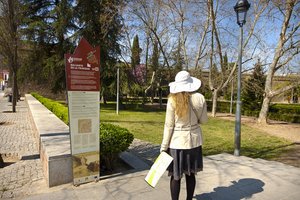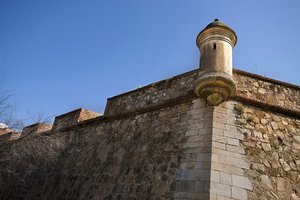Art and culture
Walled enclosure in Badajoz
Gates and bastions all over the city of Badajoz give a glimpse of what the ancient walled enclosure that protected the city looked like.
- Explore
- Walled enclosure in Badajoz
Remains of the defensive wall erected between the 17th and 18th centuries
Location and Contact:
- Contact person: Tourist information office
- Tel.:+34 924 22 49 81
- Fax: +34 924 21 02 32
- Email: turismo@aytobadajoz.es
- Website address: www.turismobadajoz.es
-
Gates and bastions all over the city of Badajoz give a glimpse of what the ancient walled enclosure that protected the city looked like.
This important walled enclosure in Badajoz was built in the 17th and 18th centuries, and nowadays you can still find many gates and bastions.
Some of the examples of what it looked like can be found in the gates of Puerta Pilar, Puerta Trinidad and Puerta de Palmas, which were the main entrances to the city of Badajoz, together with the gates that are no longer standing.
As well as the gates, the various bastions that flanked the walls are also worth mentioning. Several are still standing, such as those of San Pedro, Trinidad, San Vicente, San Roque, Santiago, San José and Santa María. The latter was severely damaged by the British troops during the siege of 1812, and in the defensive ditches of this bastion and in that of Trinidad you can find the graves of the British soldiers who died during that conflict. -
- Origin:
-
- 16th century
- Construction:
-
- Walled enclosure
- Period in history:
-
- 16th century
- 18th century
Gallery:
More suggestions
-
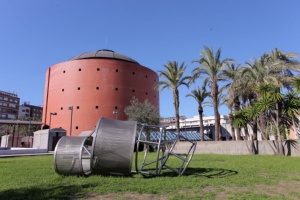
MEIAC, Contemporary Art
In the old prison in Badajoz, this museum houses a collection of contemporary Spanish, Portuguese and Ibero-American art.
-
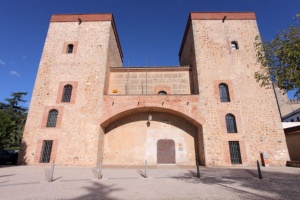
Badajoz Provincial Archaeological Museum
This museum is located in one of the oldest and most representative buildings in Badajoz, where several thousands of archaeological objects of great historical relevance are kept.
-
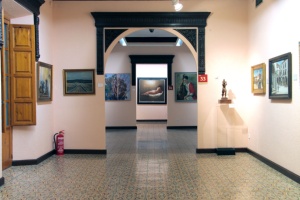
Fine Arts Museum
The Fine Arts Museum houses works by regional artists, and also by national artists, such as Goya and Picasso.
-
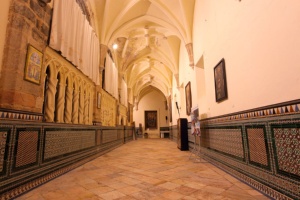
Badajoz Metropolitan Cathedral Museum
Some of the most important pieces on display at this Cathedral Museum are the valuable panels by the painter Luis Morales, along with gold and silverwork and historical tapestries
-
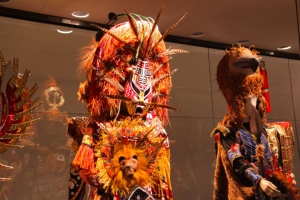
Badajoz Carnival Museum
The carnival is possibly the most important festival of the year in Badajoz
-
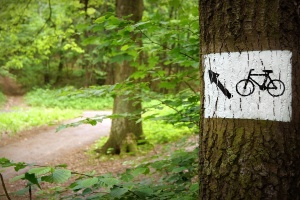
Castelar Park
The palm trees that populate this park in Badajoz bestow an air of warmth on a place that is also used as a venue for fairs and exhibitions.
-
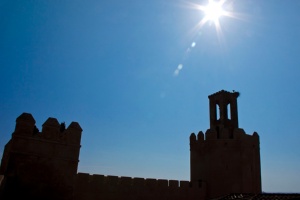
Torre de Espantaperros
Different towers from the Almohade era that were used as vantage points and places of protection are preserved in the city of Badajoz. The most emblematic one is the Espantaperros tower.
-
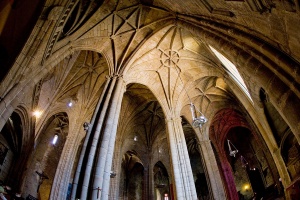
Las Tomas archaeological site
An archaeological site located in the provincial capital of Badajoz.
-

Convent of Santa Ana
Founded in 1518, the convent professes the rule of Saint Clare
-

Badajoz Bullring
Badajoz bullring hosts one of the most important bullfighting fairs in the region.

